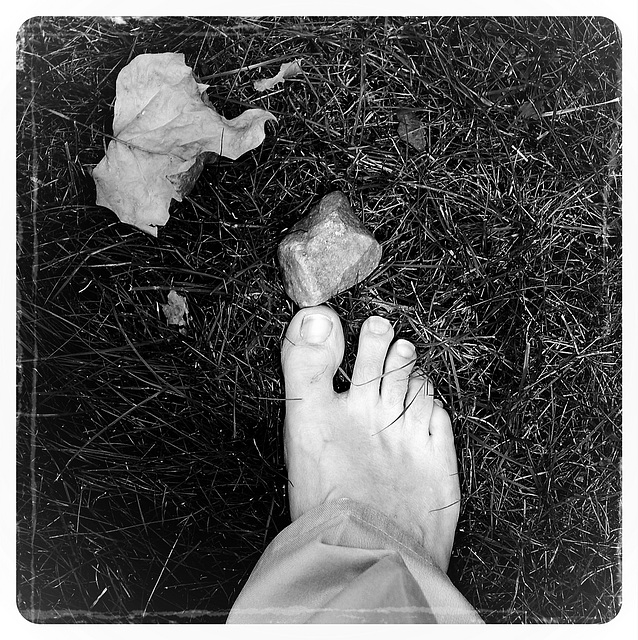End of a day
Memories
Colours of Nature
Dark Days of Autumn Rain
Downtown ~ Winter Day
Hilflos
Winter
Darwin
Scrambled Eggs & Whiskey
Riddle
Dance of Shiva
An exhibit
Barn
Just Now
One Art
The Wheel
Alone
Michigan State University
On a Spring bough
Peripatetikos / Walking
Bath Tissue
Napkins
Kurt Godel's equation
Fuegia Basket
Speed
Only Words
I'm not a person
Backyard Winter
Winter Sunlight and shadow
Winter Evening
Barak Obama
Advantage Asia?
Photographing Manai
The Fundamental Attribution Error
A Random Walk Down the Wall Street
Day of Mist
Misty Morning
Leave Us Out Of It
Keywords
Authorizations, license
-
Visible by: Everyone -
All rights reserved
-
407 visits
Kick at the rock, Sam Johnson, break your bones: But cloudy, cloudy is the stuff of stones. ~ Richard Wilber


- Keyboard shortcuts:
Jump to top
RSS feed- Latest comments - Subscribe to the comment feeds of this photo
- ipernity © 2007-2024
- Help & Contact
|
Club news
|
About ipernity
|
History |
ipernity Club & Prices |
Guide of good conduct
Donate | Group guidelines | Privacy policy | Terms of use | Statutes | In memoria -
Facebook
Twitter

As for the sturdiness of individual atoms, that too is essentially mathematical. What keeps the electrons in an atom from collapsing into the nucleus? Well, if the electrons were sitting right on top of the nucleus, we’d know exactly where each electron was (right in the center of the atoms) and how fast it was moving (not at all). And that would violate Heisenbert’s uncertainty principle, which does not permit the simultaneous determination of a particle position and momentum.
So the solidity of the ordinary material objects that surround us – tables and chairs and rocks and so forth – is a joint consequence of the Pauli extension principle and Heisenberg’s uncertainty principle. In other words, it comes down to a part of abstract mathematical relations. As the poet Richard Wilber wrote, “Kick at the rock, Sam Johnson, break your bones:/ But cloudy, cloudy is the stuff of stones.”
At its most fundamental, science described the elements of reality in terms of their relations to one another, ignoring any stuff like quiddity those elements might possess. It tells us, for example, that the electron has a certain mass and charge. But these are mere propensities for the electron to be acted upon a certain ways by other particles and forces. It tells us that mass is equivalent to energy, but it gives us no idea of what energy really is – beyond being numerical quantity, that when calculated correctly, is conserved in all physical processes. As Bertrand Russell noted in his 1927 book “The Analysis of Matter,” when it comes to the intrinsic nature of the entities making up the world, science is silent. What it presents us with is one great relational web: all structures, no stuff. The entities making up the physical world are like the pieces in a game of chess: what counts is the role defined for each piece by a system of rules that say how it can move, not the stuff that the piece is made of. ~ Page 187 - 188 ( Why does the world exist - Jim Holt)
This consciousness-participatory approach is perilously close to Descartes' solipsism 'Cognito ergo sum' -- I think therefore I am; or Bishop Berkeley's 'Esse est percipi,' -- to be is to be perceived. Biologists, including myself, are profoundly uneasy with the concept that the objects of their study became real -- in geological time -- only a few moments before. The consciousness-participatory interpretation of quantum mechanics seems to allow the human psyche to play a pivotal role in defining the external world. Most scientists are very reluctant to reverse the triumphs of Copernicus, Galileo and Newton and place man, once again, in the centre of the universe. To the concept that the world does not exist outside human perception, most people would I believe adopt a similar attitude as that of Dr. Johnson, as described in Boswell's 'Life of Johnson." Boswell relates how he and Johnson were discussing bishop Berkeley's theory of the non-existence of the material world. Boswell remarked that though no one believed the theory, it could not be refuted. Johnson kicked a large rock and replied, 'I refute it thus' ~ Excerpt: "Quantum Evolution" - Johnjoe McFadden
Sign-in to write a comment.